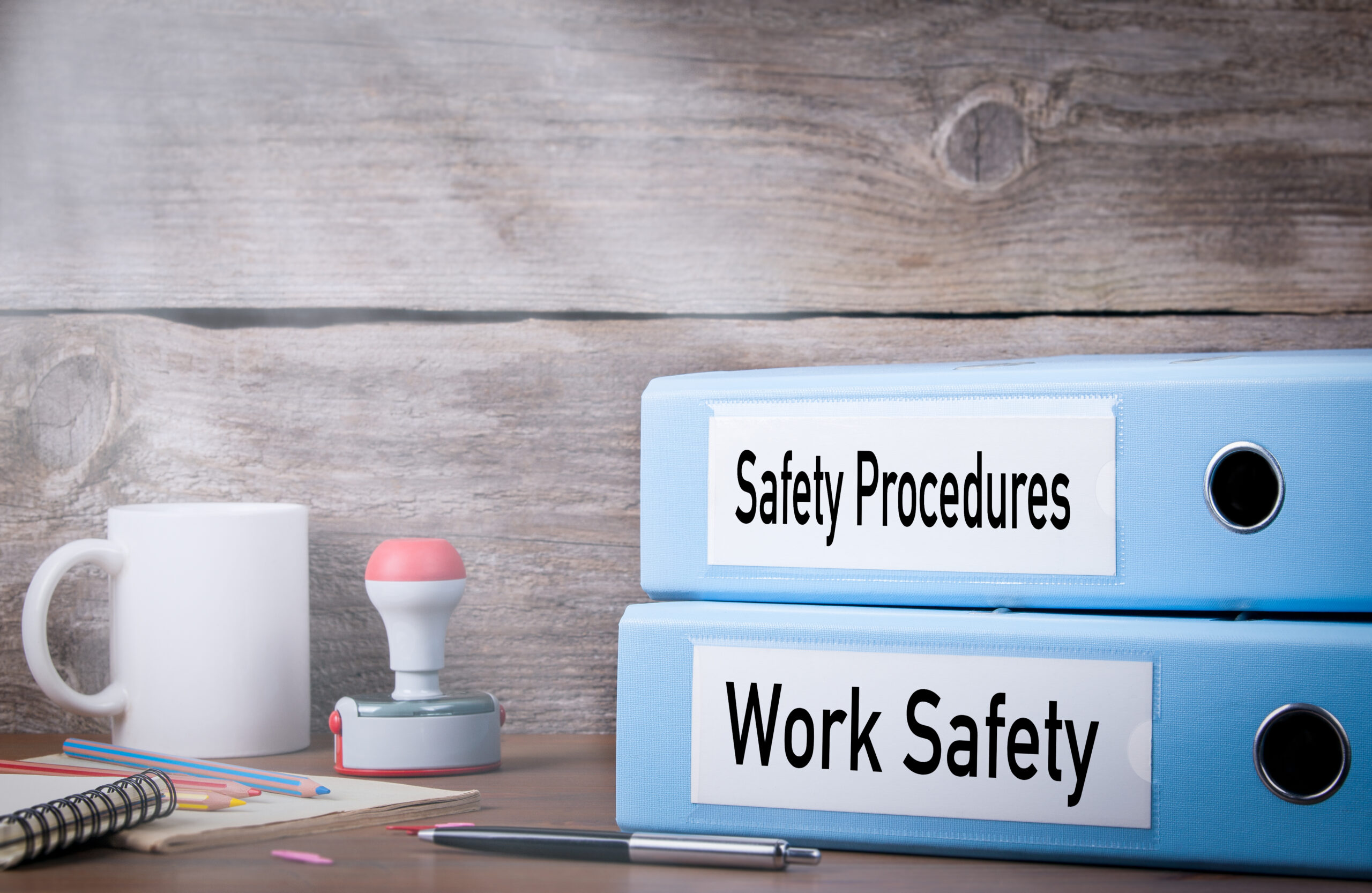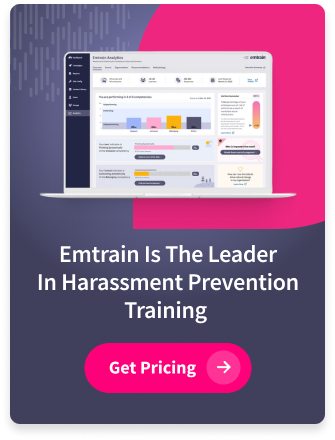 Employer’s safety programs are the cornerstones fostering cultures of safety within organizations – and preventing workplace accidents, injuries, and illnesses.
Employer’s safety programs are the cornerstones fostering cultures of safety within organizations – and preventing workplace accidents, injuries, and illnesses.
These programs cover an array of strategies, policies, and safety program components designed to identify, mitigate, and manage workplace hazards effectively.
And that’s why everyone needs to understand the essential elements of their employer’s safety program, the pivotal role of leadership in nurturing a safety culture, and the results effective programs can return.
Foundations of an Employer’s Safety Program
Effective employer’s safety programs must ultimately reflect their organization’s activities, workers, risks and culture. OSHA offers step-by-step guidance on how to put one together. The American Society of Safety Professionals is another great resource, too.
But, as a starting point, good employer’s safety programs share similar, solid foundations that support more tactical safety program components.
- Leadership Commitment
Leaders must actively demonstrate their commitment to employer’s safety programs through clear communication, resource allocation, and leading by example. The tone they set can make or break your program.
- Employee Involvement
Employees are often the first to identify hazards and offer insights into developing effective safety measures – and what a safety culture means in practice.
Involving employees in safety committees, hazard identification processes, and decision-making encourages employees to take ownership in their own workplace safety responsibilities — and in contributing to successful employer’s safety programs.
- Hazard Identification and Risk Assessment
Employer’s safety programs should incorporate regular hazard assessments to identify potential common safety issues associated with tasks, equipment, and work environments.
Risk assessments enable organizations to prioritize hazards based on severity and likelihood, and which safety program components are needed.
- Training and Education
Comprehensive workplace safety training and education programs help employers understand their own workplace safety responsibilities and equip employees with the knowledge and skills necessary to work safely.
Safety training should cover a range of safety program components, and ongoing education keeps employees informed about new hazards and best practices, contributing to a culture of continuous learning and improvement.
- Safety Policies and Procedures
Clear and concise safety policies and procedures should be readily accessible to all employees and regularly reviewed and updated to reflect changes in regulations, technology, and work practices.
Communicating safety program components and policies helps employees understand their workplace safety responsibilities and fosters a compliance, accountability and a safety culture.
- Safety Monitoring and Incident Reporting
Systems for safety monitoring and incident reporting are essential for identifying trends, addressing deficiencies, and preventing future incidents.
Organizations should encourage open communication and provide multiple channels for employees to report safety concerns, questions on their workplace safety responsibilities, near misses, and accidents.
Incident data allows organizations to identify underlying causes and take corrective action by choosing the right safety program components.
- Continuous Improvement
Organizations should regularly evaluate the effectiveness of safety initiatives, solicit feedback from employees, and benchmark against industry best safety practices.
By identifying areas for improvement and implementing evidence-based interventions, organizations can adapt safety program components to changing work environments, support a safety culture and sustain long-term safety excellence.
Leadership’s Role in Employer’s Safety Program Efficacy
Leadership plays a pivotal role in fostering a culture of safety within organizations. Here’s how leadership contributes to cultivating a safety culture:
- Setting Safety Expectations
Leaders communicate their commitment to safety and set clear expectations regarding workplace safety responsibilities. By emphasizing the importance of safety in all communications and actions, leaders establish a culture where safety is non-negotiable and integral to organizational success.
- Leading by Example
Leaders lead by example by adhering to safety protocols, wearing appropriate PPE, and actively participating in safety initiatives. When employees see leaders prioritizing their own workplace safety responsibilities, it reinforces the importance of safety and encourages compliance throughout the organization.
- Empowering Employees
Leaders empower employees to take ownership of safety by providing them with the resources, training, and support they need to identify and address safety concerns.
By involving employees in safety decision-making and problem-solving, leaders foster a sense of ownership and accountability for safety outcomes and workplace safety responsibilities.
- Promoting Open Communication
Leaders foster open communication where employees feel comfortable talking about their own workplace safety responsibilities and reporting safety issues, sharing ideas, and providing feedback.
By actively listening to employee concerns and responding promptly to safety-related issues, leaders demonstrate their commitment to creating a safe and work environment and implementing safety program components that can have a real impact on safety.
- Recognizing and Rewarding Safe Behavior
Celebrating safety milestones, recognizing contributions to safety initiatives, and incorporating safety metrics into performance evaluations are important ways to incentivize safe behavior and promote a culture of continuous improvement.
- Continuous Improvement
Leaders promote a culture of continuous improvement, encourage innovation and adaptation and ensure the right safety program components are in place.
Safety in Action: Case Studies of Effective Safety Programs
Alcoa’s Journey to Zero Injuries. Alcoa’s safety program components included initiatives on the Alcoa Safety Framework, which emphasized leadership commitment, employee involvement, and continuous improvement.
The result? Alcoa significantly reduced workplace injuries and created a culture where safety was ingrained in every aspect of operations.
BP’s Operational Integrity Management System. Following the Deepwater Horizon oil spill in 2010, BP implemented the Operational Integrity Management System (OIMS) across its global operations.
OIMS focused on leadership accountability for workplace safety responsibilities, risk management, and workforce involvement, recognizing safety as a core value. BP achieved significant improvements in safety performance and regained stakeholder trust by prioritizing safety and investing in preventive measures.
Tesla’s Safety First Approach. Tesla Motors, known for its innovative approach to electric vehicles, also prioritizes safety culture as a core value. Tesla’s safety program emphasizes employee training and workplace safety responsibilities, hazard identification, and proactive risk mitigation measures.
Tesla has achieved industry-leading safety performance while driving innovation and growth by integrating safety into its production processes and empowering employees to take ownership of safety,
The End Goal: A Safety Culture
Employer safety programs are essential for creating a safety culture within organizations, safeguarding the health and well-being of employees, and ensuring operational excellence.
Organizations develop robust safety programs components by incorporating essential elements like leadership commitment, employee involvement, and continuous improvement.
And they can learn from others, gleaning and adapting strategies and best practices employed by organizations to achieve safety excellence and inspire future initiatives supporting a safety culture.
And how do you know when you’ve succeeded in creating a safety culture? When “doing the job” and “doing the job safety” mean the same thing.








